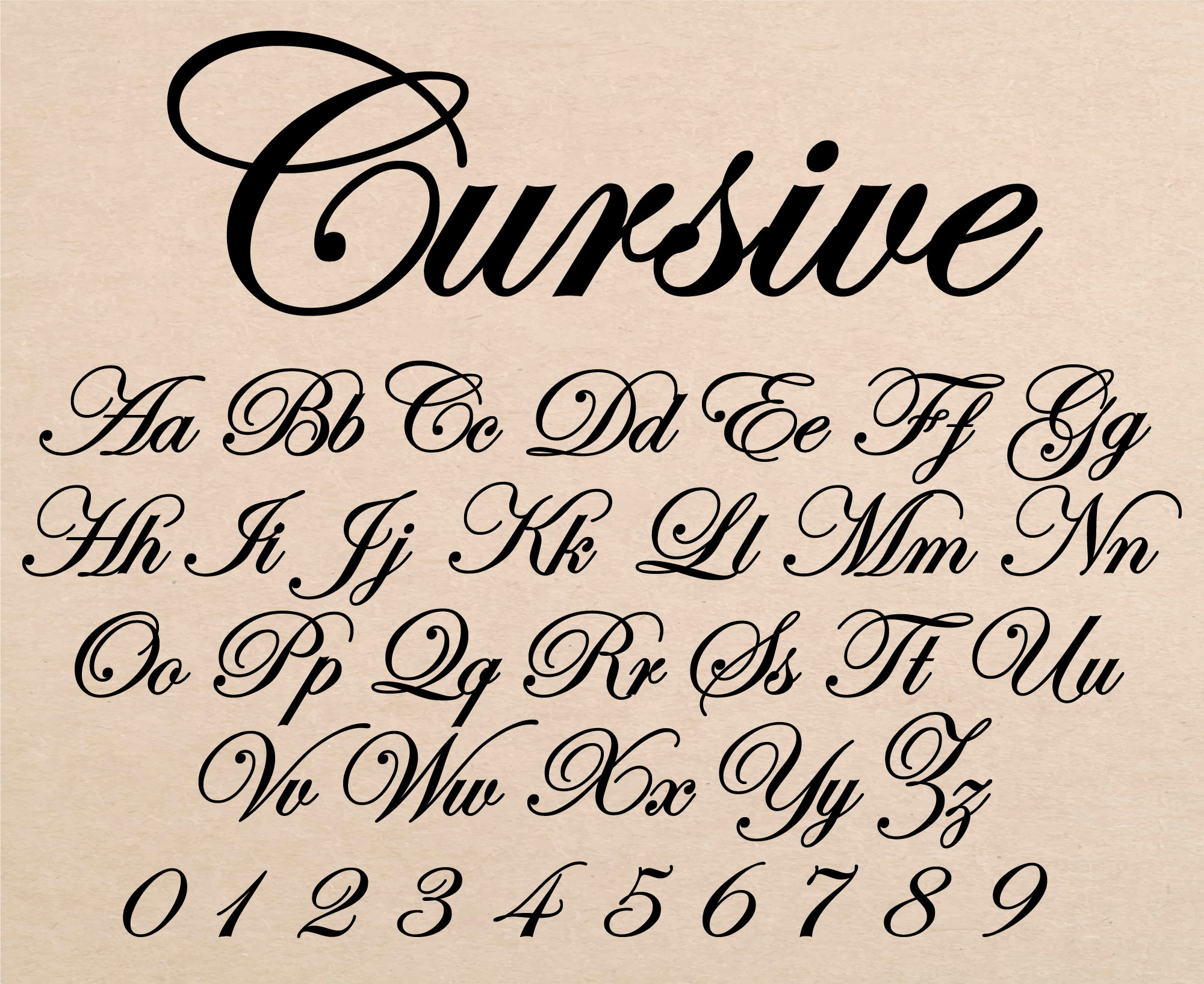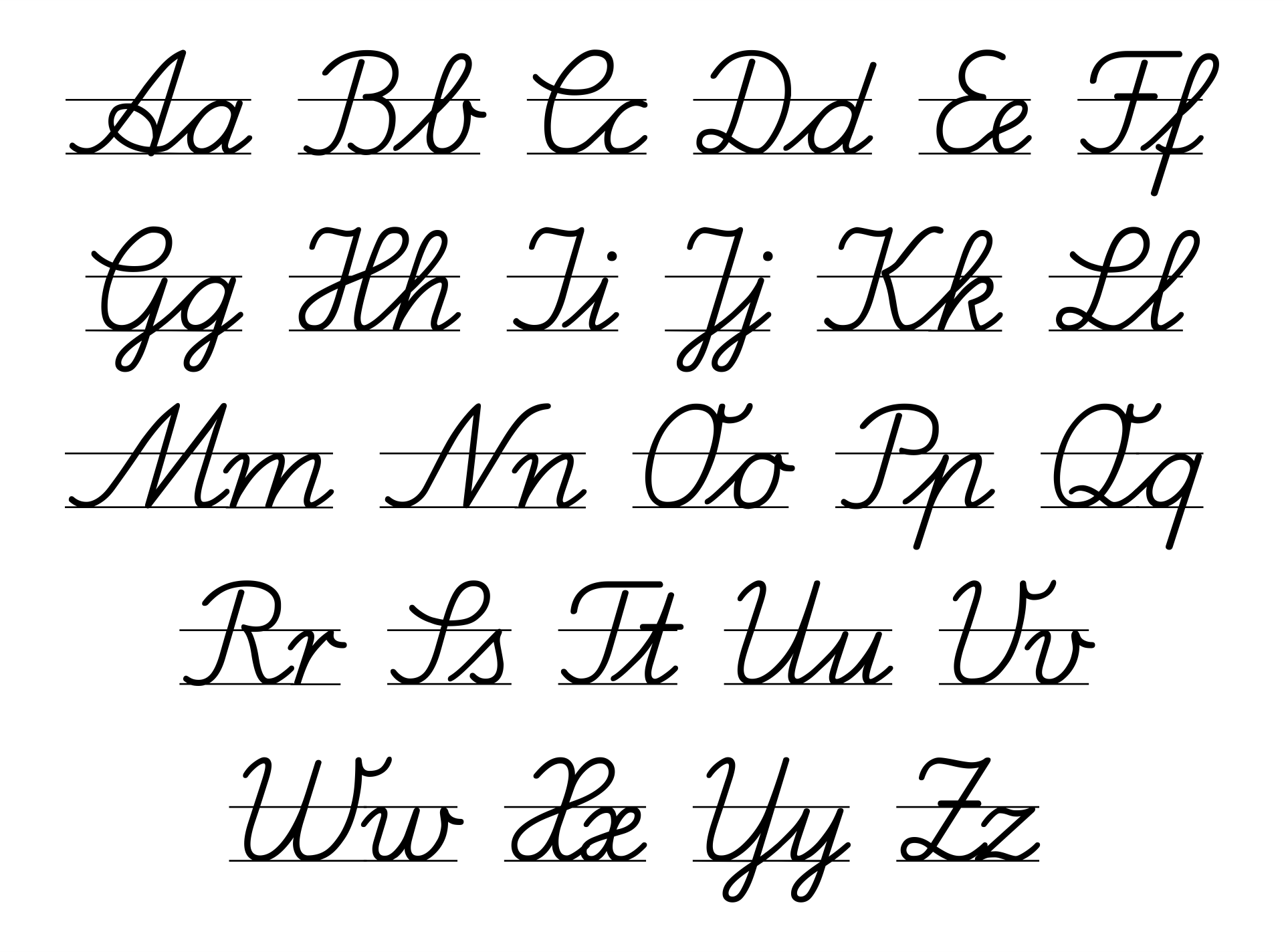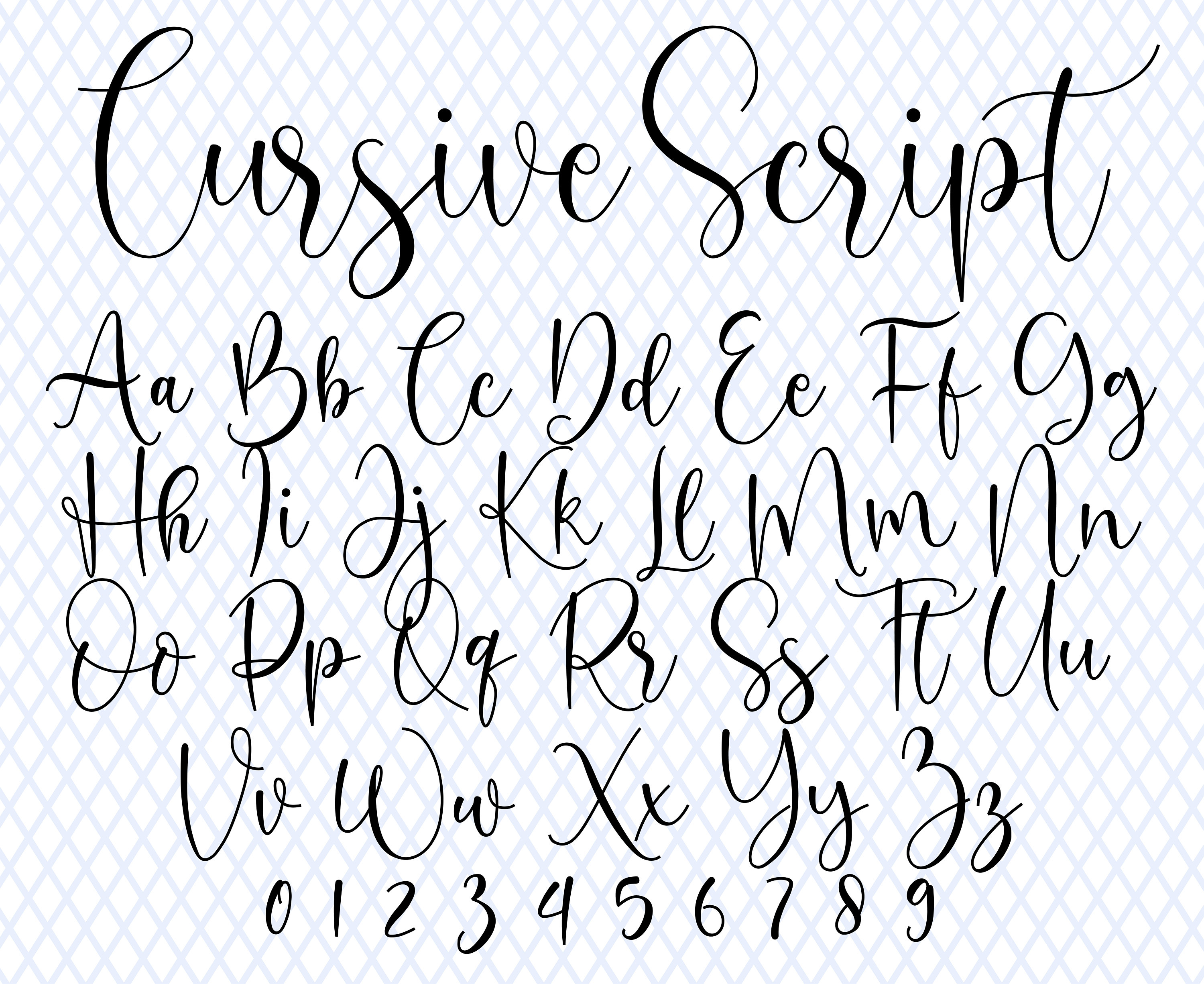AI-Generated Article
This content has been automatically generated using artificial intelligence technology. While we strive for accuracy, please verify important information independently.
Learning to write the letter 'p' in cursive is a really neat skill, you know? It's something many folks find quite rewarding, and it opens up a whole new way to put words on paper. Whether you're just starting out or looking to brush up on old lessons, getting comfortable with this particular letter can make a big difference in how your handwriting looks and feels. It's a small step, yet it helps build confidence for tackling other letters too.
This piece will walk you through what you might want to know about forming the cursive 'p'. We'll look at both the big version and the smaller one, giving you some ideas on how to get them just right. We'll also chat about the different ways people teach this letter and the kinds of aids that can really help you along. So, it's almost like having a little guide right here with you.
You'll find out about handy tools like practice sheets you can print and quick videos that show you the exact movements. We'll also talk about how the 'p' connects with other letters, which is, you know, a pretty important part of cursive writing. By the end, you should have a clearer picture of how to approach this letter with a bit more ease and enjoyment.
Table of Contents
- What Makes Cursive P Unique?
- How Do You Form Cursive P Letters?
- Are There Helpful Tools for Cursive P?
- Why Practice Connecting Cursive P?
- A Quick Look Back at Cursive P
What Makes Cursive P Unique?
The cursive 'p' has its own special shape, which can feel a little different from other letters when you first try it. It has some straight parts and some gentle curves, and getting that mix right is what makes it look so nice. Learning the big 'P' and the small 'p' means getting used to two slightly different motions, but they share a certain spirit, if you will. It's really about understanding the basic path your hand takes.
You might notice that the capital 'P' in cursive is, in some respects, often thought of as one of the easier capital letters to pick up. It often starts with a simple upward stroke, then a loop, and then a downward line. The small 'p', however, can sometimes feel a bit trickier for people because it often dips below the line where you write. So, that's something to keep in mind as you begin your practice.
It’s not just about drawing a picture of the letter; it's about the flow. The way your pen moves from one part of the letter to the next, without lifting it too much, is a big part of what makes cursive, well, cursive. With the 'p', you'll find there's a particular way to move your hand that helps it join up with other letters later on, which is quite important.
Getting Started with Cursive P
When you're ready to begin, a really good way to start is by seeing someone else write the letter. Watching a quick animation or a short video can show you the exact path your pen should follow. It's like watching a dance move before you try it yourself, so you get the rhythm and the steps down. These visual helpers really make a difference, actually, in seeing how the letter takes shape from start to finish.
After you've watched a few times, it's then about getting your hand on the paper. Free printable worksheets are, basically, a wonderful resource for this. They often have dotted lines or light gray letters for you to trace over. This tracing practice helps your hand get used to the movements without the pressure of drawing it all on your own right away. It builds that muscle memory, you know?
You'll find these sheets often include both the big 'P' and the small 'p', giving you a chance to work on both forms side by side. Some even have little arrows to show you which way to go with your pen, which can be super helpful, especially when you're just getting a feel for the letter's structure.
How Do You Form Cursive P Letters?
Forming the cursive 'p' involves a few specific strokes that, when put together, create the letter's distinct look. For the capital 'P', you typically start at the top, making a straight line down, then going back up the same line to create a loop or a curved top part, and then finishing with a little tail or connection point. It's a series of smooth motions, really, that come together rather neatly.
The lowercase 'p' is a little different, as it often starts from the baseline, goes up, then loops down below the line, and comes back up to connect. This going below the line is a common feature for letters like 'p', 'q', 'g', and 'y' in cursive. Getting that downward loop just right is a key part of making your small 'p' look correct and flow well with other letters. It takes just a little practice to get the hang of it.
Many resources will show you the "stroke order," which is the sequence of lines you draw to make the letter. Following this order is, in fact, pretty important because it helps you create the letter efficiently and correctly, making it easier to connect to other letters later. It's like learning the steps to a recipe; doing them in the right order helps everything turn out well.
Exploring Cursive P Styles
It's interesting to note that not all cursive 'p's look exactly alike. There are different styles, or what people sometimes call "fonts," of cursive. Some might have more rounded loops, while others might have straighter lines or a slightly different slant. For example, some programs might teach a style called D'Nealian cursive, which is, you know, a basic and common one found in many places.
Exploring these different looks can be quite fun, and it can help you find a style of 'p' that you like best or that feels most natural for your own handwriting. While the basic idea behind forming the 'p' stays the same across styles, the little decorative bits or the exact angle of the loops might change. So, you might want to look at a few examples before settling on one.
The important thing is to pick one style and stick with it for a bit while you're learning. Trying to switch between too many styles too quickly can, well, sometimes make things a bit confusing. Once you're comfortable with one way of writing the cursive 'p', you can then, perhaps, experiment with other variations if you wish.
Are There Helpful Tools for Cursive P?
Absolutely, there are plenty of helpful tools out there to assist you with writing the cursive 'p'. Beyond just seeing how it's done, getting your hands on some good practice materials makes a big difference. Think of it like learning to ride a bike; you start with training wheels, and these tools are kind of like those. They give you the support you need as you're getting steady.
One of the most common and effective tools is the printable worksheet. These sheets are, you know, just fantastic because you can print as many as you need. They often come with tracing lines, places to practice writing the letter on your own, and even sections where you can try connecting the 'p' to other letters in words and sentences. They're a very practical way to get lots of repetition.
Some worksheets are made specifically for younger learners, like third graders, and they might include fun activities like coloring or cutting out the letters after tracing them. This makes the learning process a little more engaging, which can be quite helpful for keeping interest levels up. There are, apparently, many free options available online for downloading and printing.
Printable Aids for Cursive P
When you look for printable aids, you'll find a wide variety. Some focus solely on the letter 'p', giving you page after page of practice for just that one letter. Others might be part of a larger set that covers the whole cursive alphabet. These sheets often show you the starting points for each stroke and the order to follow, which can be super important for getting the letter right.
You might also find charts that show the uppercase and lowercase 'p' side by side, along with examples of how they connect to other letters. These charts are, in a way, like quick reference guides you can keep nearby as you practice. They're good for a quick check if you forget a stroke or how a connection works.
Then there are tracing sheets, which are, more or less, the very first step for many people. They let you simply follow the lines, building confidence and getting your hand used to the motion without having to worry about forming the letter from scratch. After a bit of tracing, you can then move on to writing the letter independently on lines, which is, after all, the goal.
Some online places even offer interactive tools or apps, like the Letter School app mentioned in some materials. These digital helpers can provide instant feedback and make learning a bit more like a game, which can be really motivating for some learners. They often let you practice writing both the big and small letters on a screen, which is pretty neat.
Why Practice Connecting Cursive P?
Practicing how the cursive 'p' links up with other letters is, you know, a truly important part of learning cursive writing. Cursive is all about making words flow together, with letters joining up in a smooth, unbroken line. If you can write a beautiful 'p' but can't connect it well to the next letter, then the whole word might not look as good as it could. It's like having all the right ingredients but not mixing them properly.
The 'p' has specific points where it connects to the letter that comes after it. For the lowercase 'p', this usually happens from a little tail that comes off the top or middle of the letter after its main loop. For the capital 'P', the connection point might be different, sometimes coming from the end of its top curve or a small loop. Understanding these connection points is, basically, key to writing full words.
When you practice linking letters, you're not just practicing the 'p'; you're also practicing the flow of your hand across the page. This helps your handwriting become more consistent and, in some respects, more graceful. It's all about making the transition from one letter to the next feel natural and easy.
Making Cursive P Flow Smoothly
To make your cursive 'p' flow smoothly into other letters, you'll want to pay attention to a few things. First, consider the "lifting the pen" aspect. In cursive, you try to lift your pen as little as possible within a word. So, after you form the 'p', your pen should move directly into the starting stroke of the next letter without a big break. This takes a little bit of getting used to, but it comes with practice.
Worksheets often include practice sentences or words that have the letter 'p' in them. This gives you a chance to see how the 'p' behaves when it's part of a longer string of letters. For example, you might practice words like "pen" or "apple" to see how the 'p' joins with 'e' or 'p' joins with 'l'. This kind of practice is, quite honestly, invaluable.
Some resources even offer specific tips on avoiding common mistakes when connecting letters. For instance, sometimes people might make the connecting stroke too long or too short, or they might not join it at the right spot. Learning about these typical errors can help you spot them in your own writing and fix them early on, which is really helpful for improvement.
By practicing connecting the 'p' with various letters, you'll build confidence in your overall cursive writing. It's a skill that builds on itself; the more comfortable you get with individual letters and their connections, the easier it becomes to write entire sentences in cursive. It's a very satisfying feeling when your words start to look neat and connected on the page.
A Quick Look Back at Cursive P
We've covered quite a bit about learning to write the cursive 'p', haven't we? From getting familiar with both the big and small versions to understanding the unique strokes involved, there's a good deal to consider. We talked about how watching animations can help you see the letter's formation and how free printable worksheets offer a hands-on way to practice tracing and writing.
We also explored the different styles of cursive 'p' you might come across and how useful tools like practice charts and tracing sheets are. The importance of connecting the 'p' to other letters for smooth, flowing words was also a point of discussion, along with tips for making those links work well. All these bits of information are, you know, meant to help you on your way to writing a lovely cursive 'p'.
🖼️ Related Images



Quick AI Summary
This AI-generated article covers Learning Cursive P - Your Friendly Guide with comprehensive insights and detailed analysis. The content is designed to provide valuable information while maintaining readability and engagement.
Waylon Cremin
✍️ Article Author
👨💻 Waylon Cremin is a passionate writer and content creator who specializes in creating engaging and informative articles. With expertise in various topics, they bring valuable insights and practical knowledge to every piece of content.
📬 Follow Waylon Cremin
Stay updated with the latest articles and insights